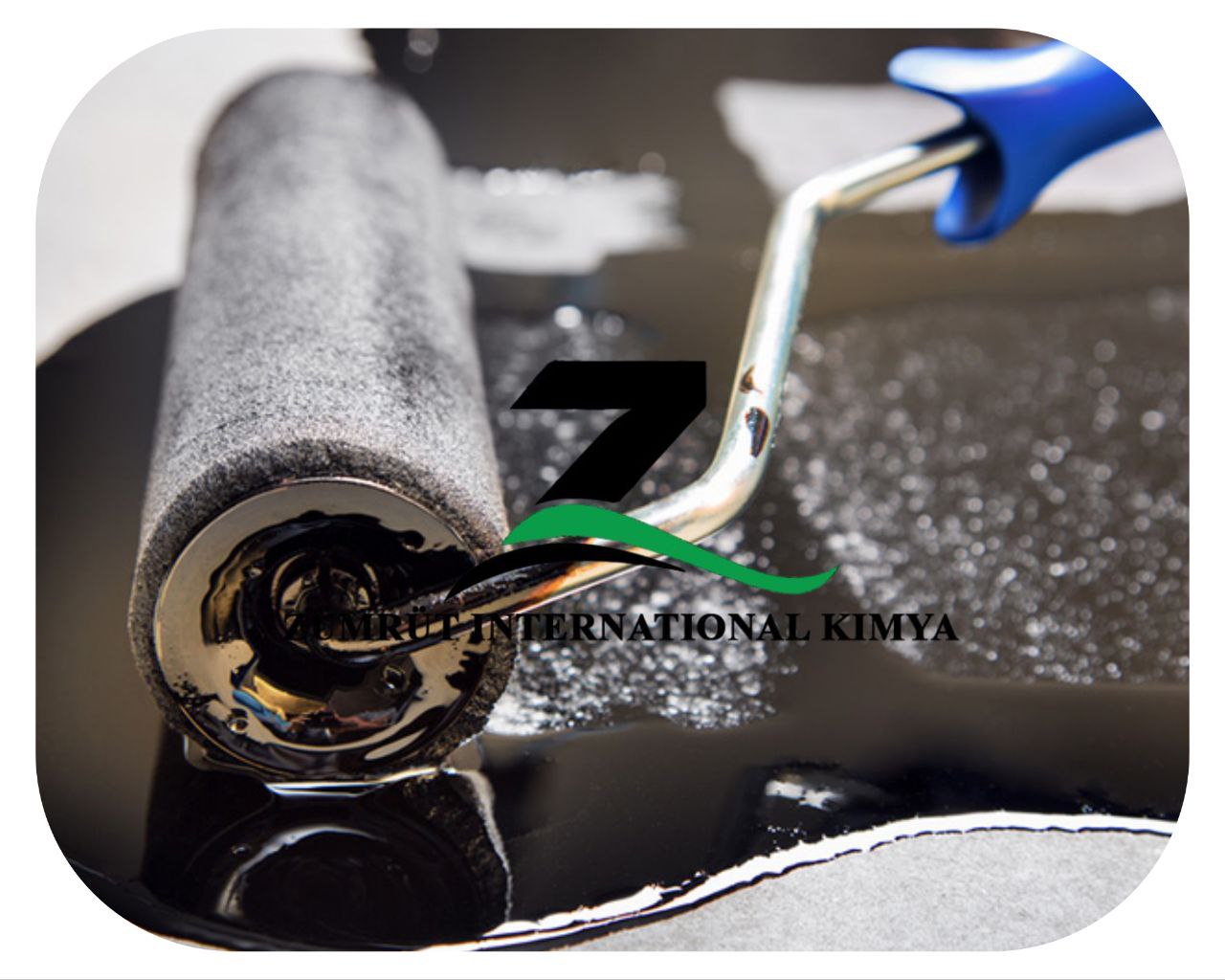
Description of PG Bitumen 76-10
Performance Grade (PG) Bitumen 76-10 is a high-quality asphalt binder intended for severe climate and heavy traffic conditions. It possesses excellent durability and flexibility, which render it ideal for use in highways, airport runways, and urban roads. In PG designation, “76” is the high temperature (in °C) at which the bitumen can be subjected before rutting, while “-10” is the low temperature (in °C) at which it can stand before cracking. This offers consistent performance in areas with hot summers and freezing winters, minimizing pavement deterioration and increasing life of service.
PG Bitumen 76-10 Applications
With an outstanding performance at both high and low temperatures, the PG 76-10 has a broad application in all manners of construction projects. Applications include but are not limited to highways and expressways since these have heavy and continuous traffic, which requires high temperature and rutting resistance. Airports benefit from PG 76-10 since durability, along with the capacity to bear heavy loads, makes it perfect for runways and taxiways.
The specified grade, a result of a high-temperature-differenced mix of traffic volumes and temperature fluctuations, is ideal for urban road networks because it ensures a long-lasting pavement performance. Further, elasticity and environmental stress resistance are exploited by bridges and overpasses that expose these structures to temperature extremes. Indeed, such diverse applications illustrate the dependability and versatility of PG 76-10 for meeting the challenges of modern infrastructure.
Innovative and Modern Applications
Aside from traditional road construction, PG Bitumen 76-10 is being used in next-generation pavements. Its high-performance characteristics make it suitable for application in self-healing asphalt technology, where microcapsules with rejuvenating agents are incorporated to enhance lifespan. The binder is also used in porous asphalt where skid resistance and drainage are improved within urban settings. It is also being researched for application in sustainable infrastructure like recycled asphalt mixtures that make use of recycled products in a bid to minimize environmental impact. These developments confirm the evolving use of PG 76-10 in today’s transport infrastructure.
Difference Between PG Bitumen 76-10 & 70-16
The major difference between PG Bitumen 76-10 and PG Bitumen 70-16 lies in the performance range of temperatures and flexibility with different climates. PG 76-10 aims for hot climates with high traffic volume because it can withstand 76°C without rutting and remain flexible at -10°C. On the other hand, PG 70-16 is moderate to cold climatic tolerant and can withstand a maximum of 70°C and retain flexibility up to -16°C, hence being more resistant to cracking under cold conditions. PG 76-10 should be used in highways and airports in tropical conditions, whereas PG 70-16 would suit areas with seasonal temperature fluctuations and colder winters.
International Standards and Global Comparisons
PG Bitumen 76-10 meets global performance standards, including ASTM and AASHTO standards, to ensure quality and consistency in different locations. Its formulation meets strict demands for temperature susceptibility and durability and can be applied in projects in countries with extreme high-temperature fluctuations and high traffic volumes. Compared to other performance grades used around the world, PG 76-10 is preferred in tropical and desert conditions where pavement surfaces are subjected to excessive heat and stress. Under cold climates, other grades like PG 70-16 or PG 64-22 are used to achieve improved tolerance to freeze-thaw cycles.
Why Choose PG Bitumen 76-10?
Choosing PG 76-10 ensures that pavements are built to last, even under challenging conditions. Its ability to resist rutting, cracking, and aging makes it a cost-effective and reliable solution for high-performance paving applications. Whether for highways, airports, or urban roads, PG 76-10 delivers consistent and durable results, ensuring infrastructure remains safe and efficient for years to come.
Packaging and Transportation
PG Asphalt 76-10 is offered in various types of packaging to satisfy the requirements of the project and to ensure safe delivery. These include:
Bulk Transport: Insulated tankers that deliver large quantities for big projects.
Steel Drums: Suitable for medium projects and long-term storage.
Polybags: Light, eco-friendly packaging for lighter applications or out-of-the-way locations.
Specification
| Specification | Unit | Value | Method |
|---|---|---|---|
| Average 7-Day Maximum Pavement Design Temperature | °C | < 76 | – |
| Minimum Pavement Design Temperature | °C | > -10 | – |
| Flash Point Temperature | °C | Min230 | AASHTO T48 |
| Viscosity Maximum 3 Pas, Test Temperature | °C | 135 | AASHTO T316 |
| Dynamic Shear, T 315, G*/sin Minimum 1 KPa Test Temperature, @10 rad/s,°C | °C | 76 | AASHTO T315 |
| Rolling Thin Film Oven Test (AASHTO T240) | |||
| Mass Change, Maximum, Percent | % | 1.00 | – |
| Dynamic Shear G*/sin Minimum 2.2 KPa Test Temperature, @10 rad/s | °C | 76 | AASHTO T315 |
| Pressure Aging Vessel (PAV) Test (AASHTO R28) | |||
| PAV Aging Temperature | °C | 100 (110) | AASHTO R28 |
| Dynamic Shear G*/sin Maximum 5000 KPa Test Temperature, @10 rad/s | °C | 37 | AASHTO T315 |
| Creep Stiffiness S Maximum 300 Mpa M-Value Minimum 0.300 Test Temp,@60s | °C | 0 | AASHTO T313 |
| Direct Tension, Failure Strain, Minimum 0.300 Test Temperature, @60s, °C | °C | 0 | AASHTO T314 |
| Critical Low Cracking Temp, Critical Cracking Temp Determined by PP 42,Test Temp, °C | – | 0 | AASHTO PP42 |

